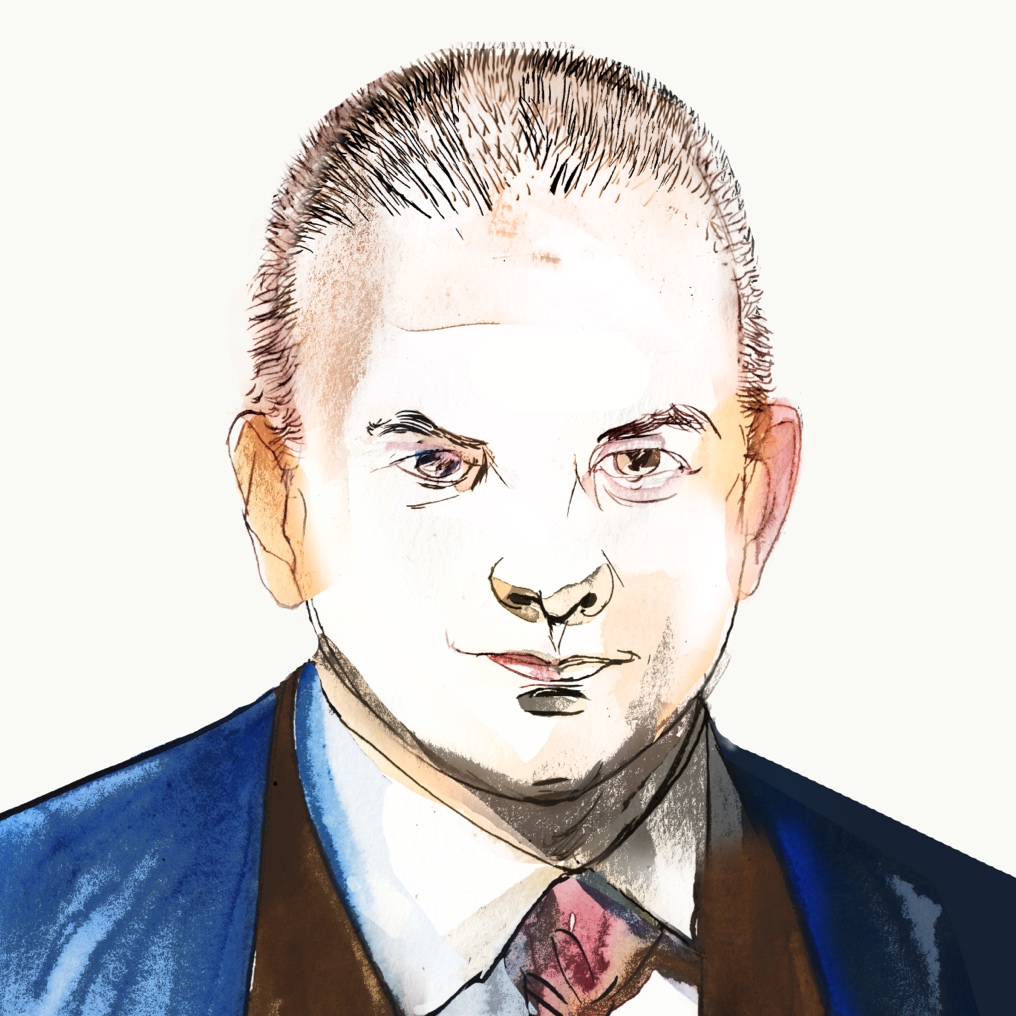Stalin
Volume 1: Paradoxes of Power
by stephen kotkin
penguin, 976 pages, $25.30
The first volume of Stephen Kotkin’s new biography of Joseph Stalin is a masterpiece with numerous contemporary lessons for our post-Soviet world. At nine-hundred pages, this book takes the story up to 1929 and the moment where Stalin’s power was truly consolidated. The book weaves the grand story of Russia and the personal biography of Stalin together in a way that is arguably ground-breaking in terms of its ambition and execution.
One high point is the careful and judicious analysis of the “dictations” of Lenin after his strokes, including the controversial and important “Testament” which was to haunt Stalin for years and whose provenance is still debated. Another is the clear argument, backed by precise documentation, that slaughter and terror were an essential philosophical part of the Bolshevik regime from its inception. Kotkin’s mastery of the sources and judicious historical conclusions offer a masterclass in historical method and leave the reader eager to see how he will handle other contested areas of Stalin scholarship, such as the murder of Sergei Kirov.
Kotkin’s portrait of Stalin is also a definitive refutation of his image as a mediocre bureaucrat driven by a psychopathic bloodlust. That image was fixed in the popular mind by the tendentious account of Trotsky himself and perfected by his later apologist, Isaac Deutscher. Stalin was not made by the Soviet system, as Trotsky claimed, but he himself played a critical role in constructing that system, ideologically and structurally, as Kotkin documents in considerable detail. He was both an impressive autodidact (Kotkin highlights his mastery of Leninist theory) and, in the early Soviet period, a politician and administrator who practically and ideologically outmaneuvered too many ambitious and clever colleagues to be regarded as a mediocrity. Trotsky’s account simply makes no sense.
Kotkin is excellent on the theoretical differences between Stalin and Trotsky, but also clear on the deep clash of personalities which was bound to lead to the destruction of one or the other. Trotsky emerges from these pages as remarkably inept in crucial areas, consistently undone by his own excessive vanity and inability to operate strategically within the Party—a fatal flaw in a Soviet politician. Kotkin also implicitly confirms Robert Service’s verdict on Trotsky: Had he lived and triumphed, his own program would have required brutal state oppression to enforce. There would still have been gulags. I would add that he may have been intellectually brilliant but he was also wrong on every significant point of substance. Deutscher dubbed him “the prophet,” but one is left wondering exactly what he did to earn that title beyond having no honor in his own country.
The most fascinating part of Kotkin’s book is the analysis of events between the establishment of the Provisional Government in February 1917 and the end of the Civil War. The sudden explosion of freedom in early 1917 quickly degenerated into a new totalitarianism, worse than that under the Tsar. Freedom without strong institutions through which such freedom can be channeled and regulated (counter-intuitive though that sounds) is volatile and likely to turn into its opposite. Lack of organized opposition, rather than strategic genius on the part of the Bolsheviks, made all the difference here; and the reason revolution did not spread to Germany was the direct result of well-organized, right-wing opposition groups.
Kotkin’s book has clear contemporary applications. For example, the rise of Putin’s Russia is apparently seen by Washington as little more than an attempt to reassert an aggressive Soviet-style chauvinism. Yet Kotkin’s narrative of the rise of Stalin and Soviet Russia provides the long view on contemporary Russian expansionism. The geopolitical complexity of a nation whose borders touch Europe and run the length of Asia has been a perennial issue in Russian history, long predating, and indeed profoundly shaping, the USSR. To be properly understood, Putin’s actions need to be set against the background of longstanding Russian imperialism, problematic relations with border states, and the complication of both of these by the centuries-long policy of Russification.
At a more general level, Kotkin’s narrative also demonstrates how the freedom which comes in the wake of the overthrow of dictatorships is vulnerable to small, highly organized, and ideologically motivated activists. One cannot build democracies overnight on nothing more than pious ambition and inchoate mass demonstrations. Where there is neither a tradition of democracy nor an institutional infrastructure which can be easily co-opted for democracy, there is huge potential for disaster. This may seem an obvious point to historians but it does seem to have eluded numerous politicians on the right and left. Though Kotkin makes no connection himself, the parallels between Russia in February–October 1917 and the Arab Spring are obvious. It is a pity U.S. foreign policymakers did not study the events of an earlier Russian spring.
Niall Ferguson recently commented on the dearth of historical thinkers among those who have formulated U.S. foreign policy over past decades. In a world where Russia and China are in the ascendant and where the Middle East continues to be shaped by the legacy of the boundary-drawing of nineteenth- and twentieth-century European imperialism, we need more historians working on foreign policy. They would do well to read Kotkin’s trilogy.

